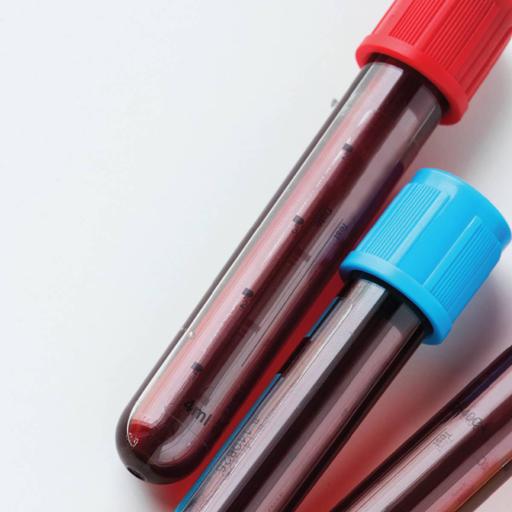Plasmids
Presentations | English
A plasmid is a small, extrachromosomal DNA molecule within a cell that is physically separated from chromosomal DNA and can replicate independently. They are most commonly found as small circular, double-stranded DNA molecules in bacteria; however, plasmids are sometimes present in archaea and eukaryotic organisms. In nature, plasmids often carry genes that benefit the survival of the organism and confer selective advantage such as antibiotic resistance. Plasmids may be classified in a number of ways. Plasmids can be broadly classified into conjugative plasmids and non-conjugative plasmids. Conjugative plasmids contain a set of transfer genes which promote sexual conjugation between different cells. In the complex process of conjugation, plasmids may be transferred from one bacterium to another via sex pili encoded by some of the transfer genes. Non-conjugative plasmids are incapable of initiating conjugation, hence they can be transferred only with the assistance of conjugative plasmids.

6.75
Lumens
PPTX (27 Slides)
Plasmids
Presentations | English
